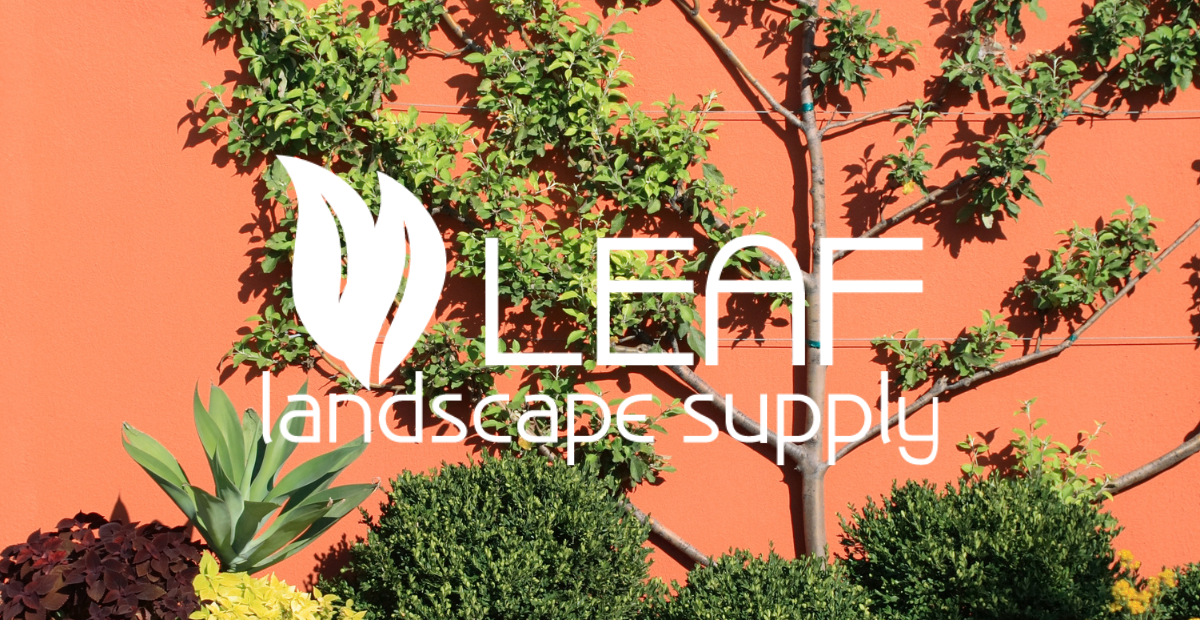
Texas Native Plants For Landscaping – Texas Native Plants for Landscaping: Enhance Your Austin Property
Texas Native Plants for Landscaping: Enhance Your Austin Property
Leaf Landscape Supply is a full-service wholesale plant nursery and landscape supplier in Austin, TX, catering to the needs of commercial property managers seeking to enhance their properties with native plants. Located in the 78745 zip code, Austin is a city known for its unique neighborhoods, from the vibrant South Lamar to the eclectic Sunset Valley. As a commercial property manager in Austin, you understand the importance of creating an attractive and sustainable environment. Landscaping with Texas native plants can bring numerous benefits to your properties, enhancing their beauty while providing resilience and sustainability.
In the heart of Central Texas, Austin’s 78745 zip code is home to diverse neighborhoods such as South Manchaca, Garrison Park, and Cherry Creek. These communities are characterized by an array of commercial properties including office complexes, retail spaces, and restaurants, all of which can benefit from the use of locally adapted native plants. By incorporating native plants into your landscaping projects, you can contribute to the preservation of the region’s ecological balance while creating inviting and visually appealing spaces for tenants and visitors.
The Power of Texas Native Plants
Texas native plants possess unique attributes that make them highly suitable for landscaping in the Austin area. When considering the tough climate conditions, water scarcity, and variable soil types in Central Texas, native plants offer an array of benefits for commercial property managers seeking sustainable and visually appealing landscaping solutions. Some of the key advantages of using Texas native plants in your landscaping projects include:
Drought tolerance: Texas native plants have naturally adapted to the region’s arid climate, making them ideal for water conservation efforts in landscaping.
Low maintenance: Once established, native plants require minimal upkeep, reducing the need for irrigation, fertilization, and pest control.
Resilience: Native plants are well-suited to the local soil and climate conditions, making them resistant to diseases and pests.
Wildlife habitat: Native plants provide food and shelter for local wildlife, contributing to the overall ecological balance of the area.
Choosing the Right Texas Natives
When selecting Texas native plants for your landscaping projects, it’s essential to consider a variety of factors, including the specific requirements of your commercial properties, aesthetic preferences, and ecological benefits. Some popular Texas native plants for landscaping in the Austin area include:
Texas Sage (Leucophyllum frutescens): With its drought tolerance and stunning purple flowers, Texas Sage adds a pop of color to your landscape while requiring minimal maintenance.
Lantana (Lantana camara): This hardy and colorful perennial attracts butterflies and thrives in the Central Texas heat, making it a perfect addition to commercial landscapes.
Texas Red Yucca (Hesperaloe parviflora): Known for its architectural form and long-lasting blooms, Texas Red Yucca is a low-maintenance plant that adds a touch of elegance to any landscape.
Agarita (Mahonia trifoliolata): This evergreen shrub features fragrant yellow flowers and edible berries, making it both visually appealing and ecologically beneficial.
Best Practices for Landscaping with Native Plants
Incorporating Texas native plants into your landscaping projects requires careful planning and attention to detail. Here are some best practices to ensure successful integration of native plants into your commercial properties:
Site assessment: Evaluate the environmental conditions, such as sunlight exposure, soil type, and water availability, to determine the most suitable native plants for each location.
Grouping and layering: Arrange native plants in clusters to create naturalistic and visually appealing landscapes while mimicking the region’s native ecosystems.
Mulching and irrigation: Use organic mulch to conserve soil moisture and reduce water evaporation, and consider implementing efficient irrigation systems to support the establishment of native plants.
Maintenance considerations: Develop a long-term maintenance plan that includes regular inspections, appropriate pruning, and minimal use of fertilizers and pesticides to support the health of native plantings.
Conclusion
Incorporating Texas native plants into your commercial landscaping projects in Austin can significantly enhance the aesthetic appeal, ecological sustainability, and overall resilience of your properties. By leveraging the unique attributes of native plants and implementing best practices for their integration, commercial property managers can create vibrant and environmentally friendly landscapes that contribute to the beauty and ecological health of the local community.
Commercial Property Landscaping (Archives)
